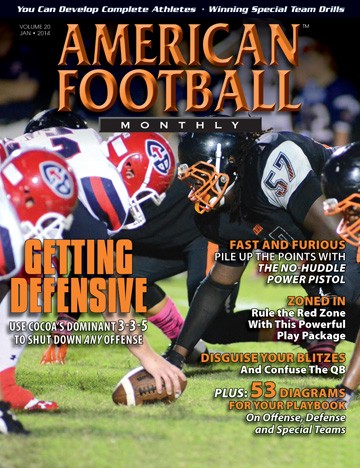Zone Blitzes and Coverages in the 4-3 Stack Defense
©
More from this issue
To be effective with a blitz package, it is critical to focus on turnovers, open field tackling and pursuit.
Since I have been the head coach at Thomas More, we have prided ourselves on playing great defense. Our defensive philosophy is to be simple, sound, and aggressive. Every week our goal is to stop the run and make the offense one-dimensional. We focus on fundamentals. We want to make sure the players know their assignments and have the proper alignment on every snap. We also focus on turnovers, open field tackling and pursuit – three goals that are intertwined. They have been a huge key to our success as a defense.
We play an aggressive style of defense because it fits our players, who are fast and athletic. We play a swarming style of defense which is one of the reasons why we believe in the zone blitz. A couple of keys for the zone blitz to be successful are that everyone must communicate, coverages must be disguised, you must collision routes (protect the seams), and the QB should not have much time (no more than 2.7 seconds) to throw the football.
We zone blitz because we believe the positives clearly outweigh the negatives:
Positives
- You can disguise your blitz and coverage.
- You can blitz without playing man-to-man coverage.
- You can be multiple which is fun for the players.
Negatives
- When the defensive ends drop, this could cause problems.
- Your defense becomes soft underneath.
- Your defense is vulnerable in the seams and the flats.
In terms of communication, the safeties, defensive ends and linebackers must always be talking to each other. The defense must be physical, hitting the wide receivers and attempting to re-route any vertical route. The defense should not cover any route under five yards, giving up the flats but defending the deep ball.
Our 4-3 stack defense includes the following players:
• Rover – the strongside linebacker.
• Stud – the strongside defensive end.
• Tackle – 3 technique.
• Mike – the middle linebacker.
• Bob – the weakside linebacker.
• Whip – the strong safety.
• Free Safety – who aligns to the passing strength shown by the offense.
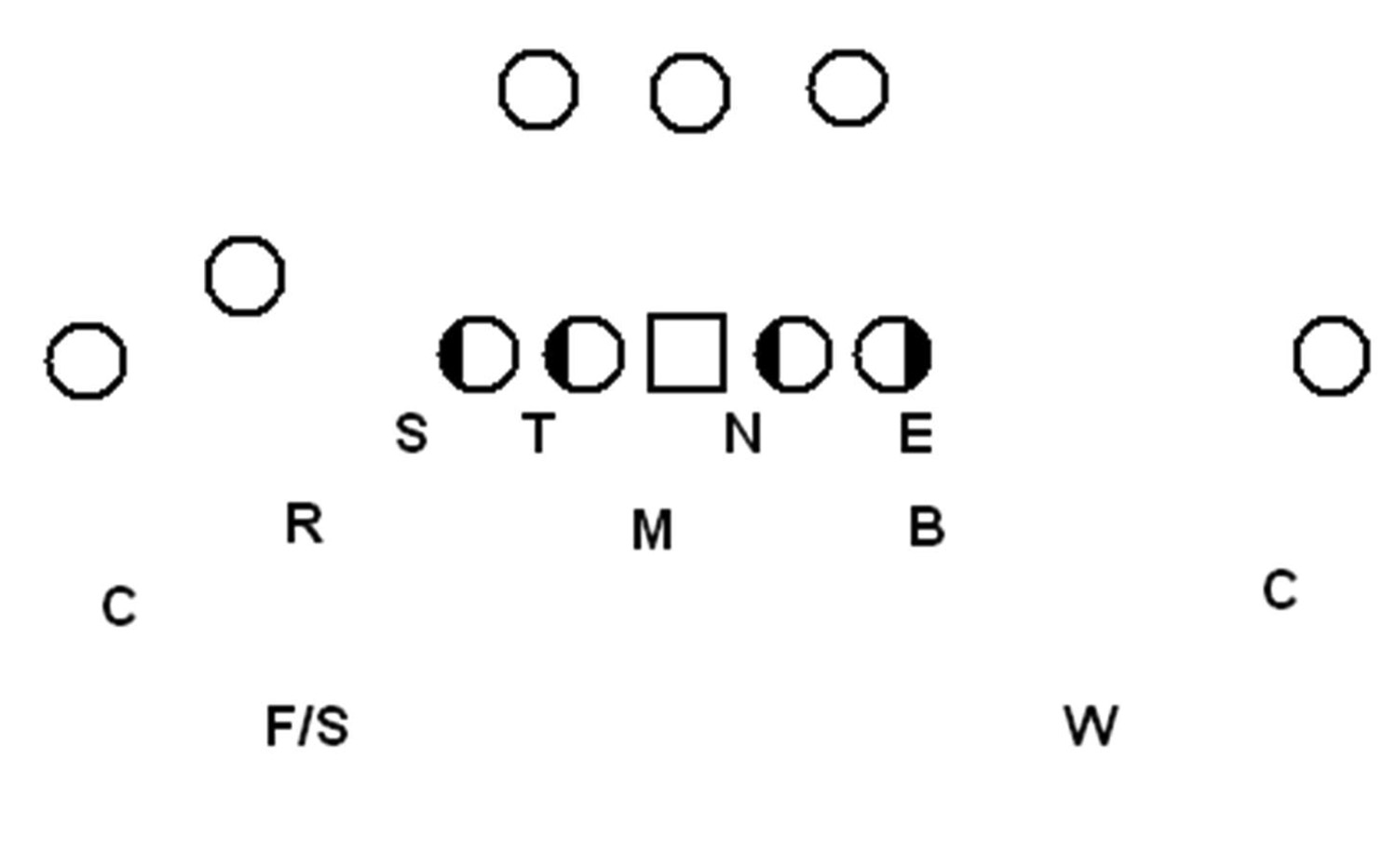
Diagram 1 shows our base alignment while diagram 2 illustrates our
3 deep/3 under coverage which we label “Buzz 3”.
Diagram 1: 4-3 Stack Defense - Base Alignment
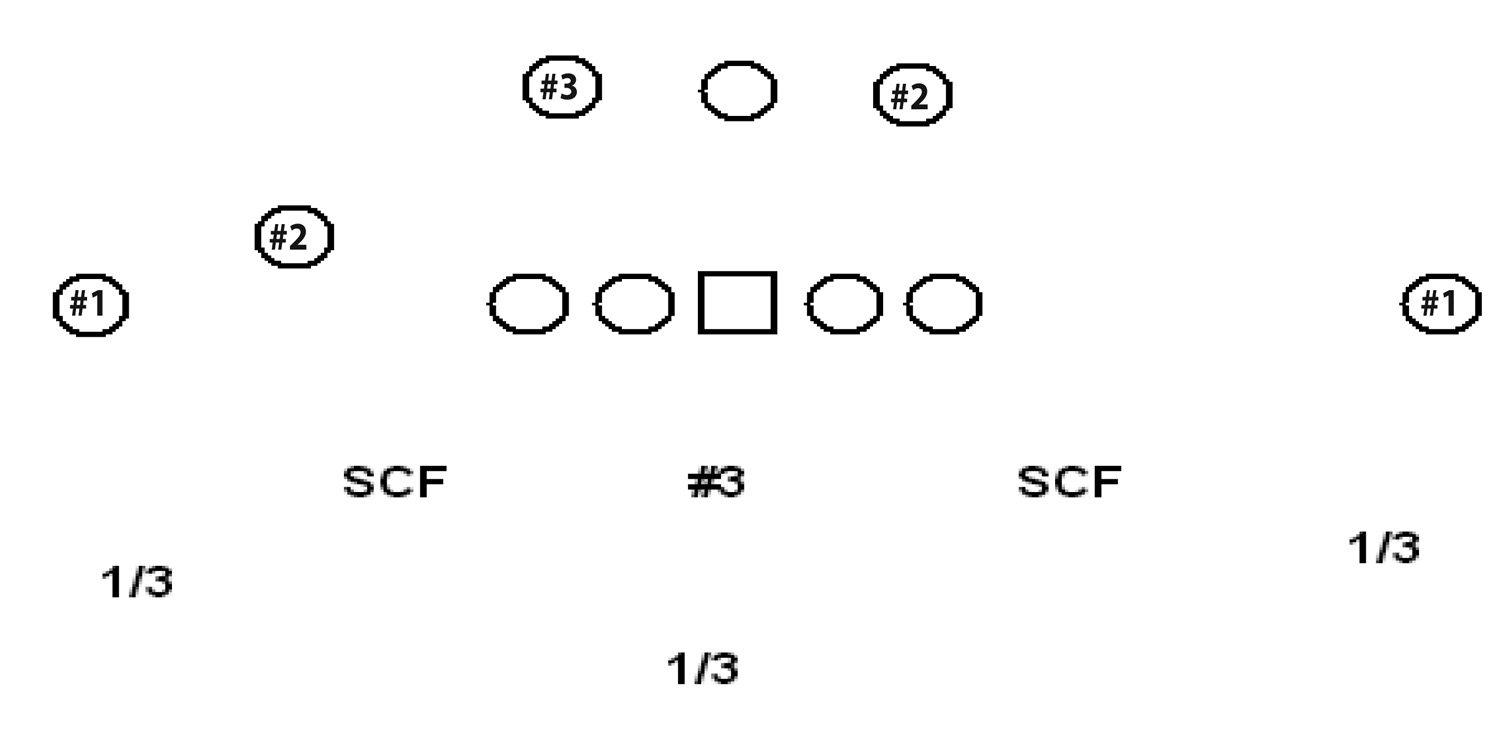
Diagram 2: 3 Deep/3 Under Coverage
Our blitz coverage or “Buzz 3” consists of six players in coverage. Three are deep and responsible for their third of the field and three underneath players play a match-up zone. There are also two SCIF (seam, curl, and flat) players defending the seam, curl and flat routes. There is an inside alignment on any #2 displaced WR and he is responsible for a collision on any vertical route by the #2 receiver.
The two SCIF defenders also wall off any inside breaking routes by the #1 receiver if he does a curl or dig route. The two defenders also break on the flat route when the ball is thrown. The #3 match player opens up to the #3 wide receiver and reacts to his route. If the #3 receiver goes out, he “pushes” and overtakes the new #3 receiver.
The outside deep third defenders have specific responsibilities. The corners align 1 x 6 inside the #1 receiver. They shuffle slowly out and must play three-step. The corners also play deep in their zone. The middle defender in his third works as a post/seam defender. He will open up and run to the middle third on the snap but play 15 yards deep after the snap of the ball.
Single Linebacker Blitzes
One of our single linebacker blitzes is called Stack Rocket Buzz 3 (Diagram 3). Here are the principals for this package:
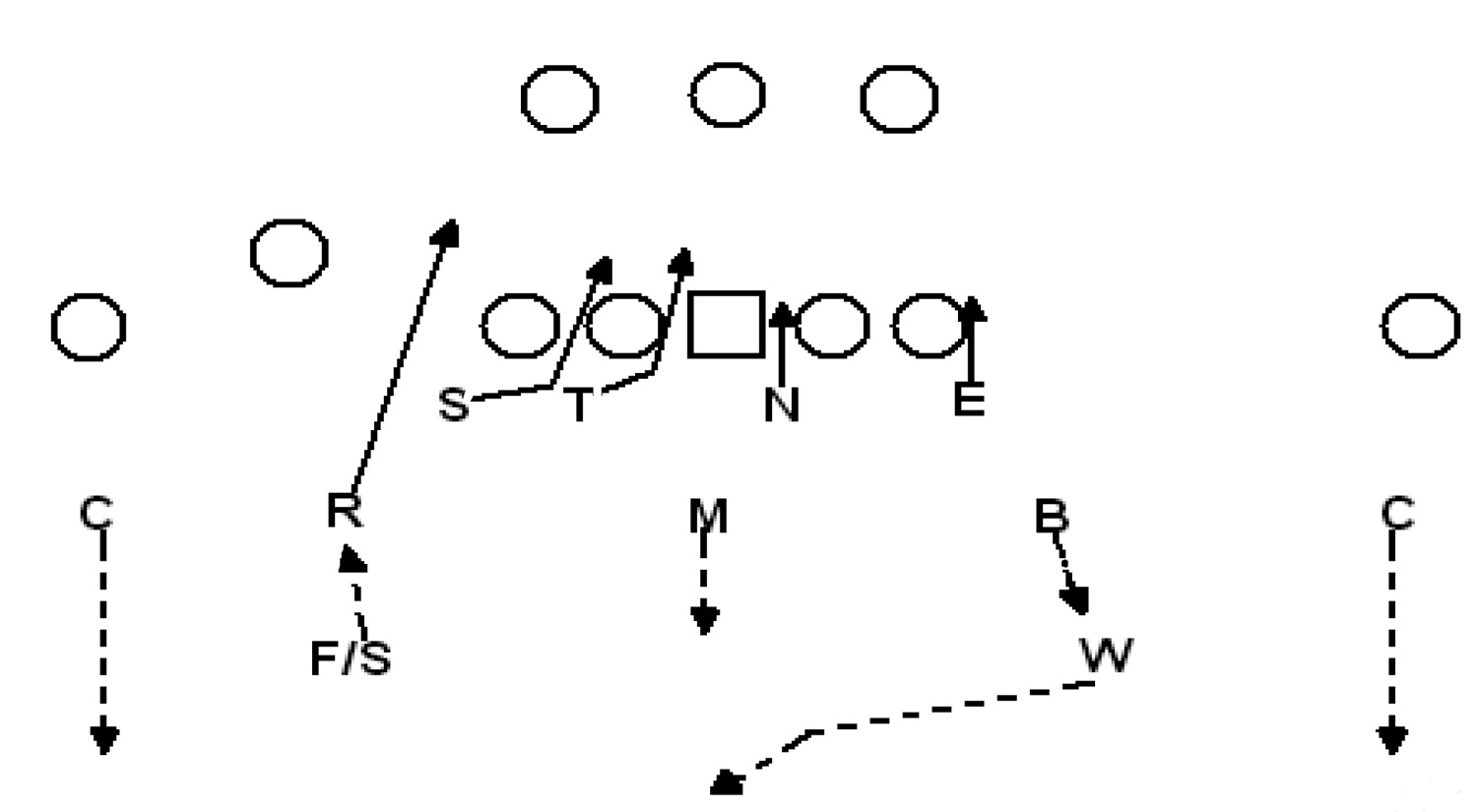
Diagram 3: Stack Rocket Buzz 3
• The rover blitzes off the strongside edge.
• The blitz is timed with the QB’s cadence.
• The aiming point is the OT’s near hip.
• Pitch player on the option and the QB on the zone read.
• Wrong arm any run block and press vertical.
• The free safety and Bob are the SCIF players.
• Mike is the #3 defender.
• Whip is the middle third defender.
Two other variations of our single linebacker blitzes are the Stack Rocket Buzz 3 vs. the Triple Option (Diagram 4) and the Stack Rocket Buzz vs. 5-Step Drop
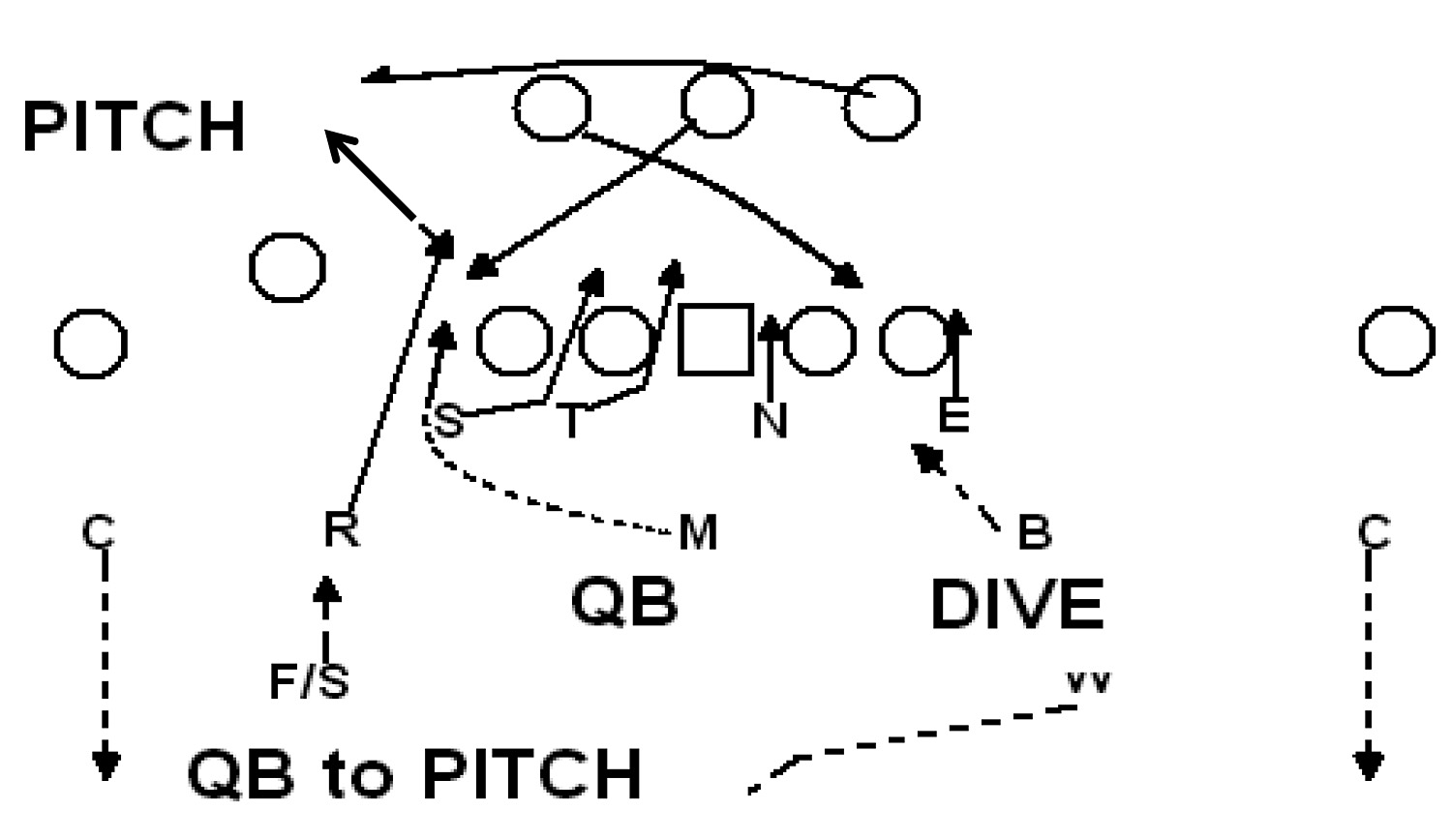
Diagram 4: Stack Rocket Buzz 3 vs. Triple Option
(Diagram 5).
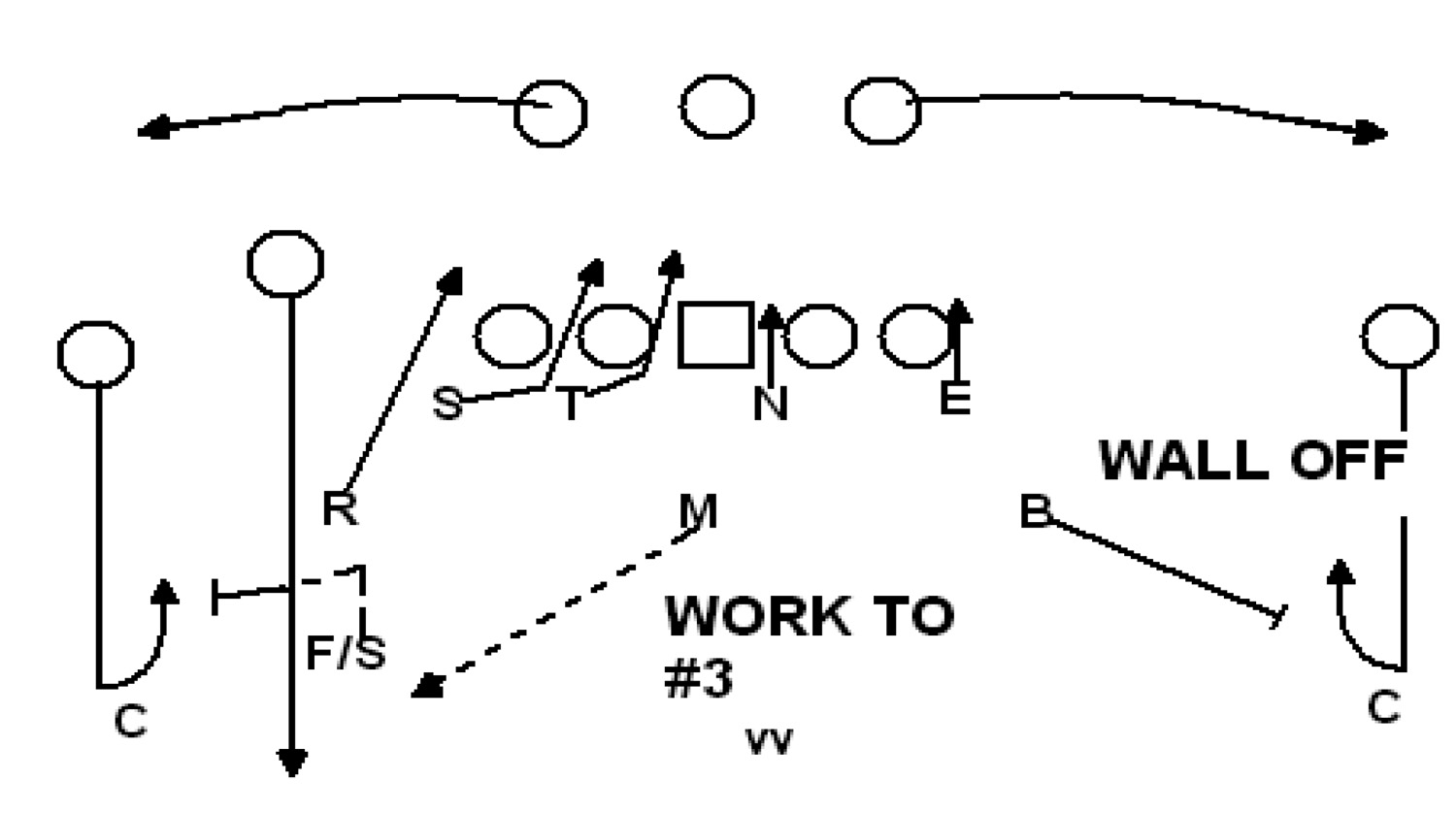
Diagram 5: Stack Rocket Buzz vs. 5-Step
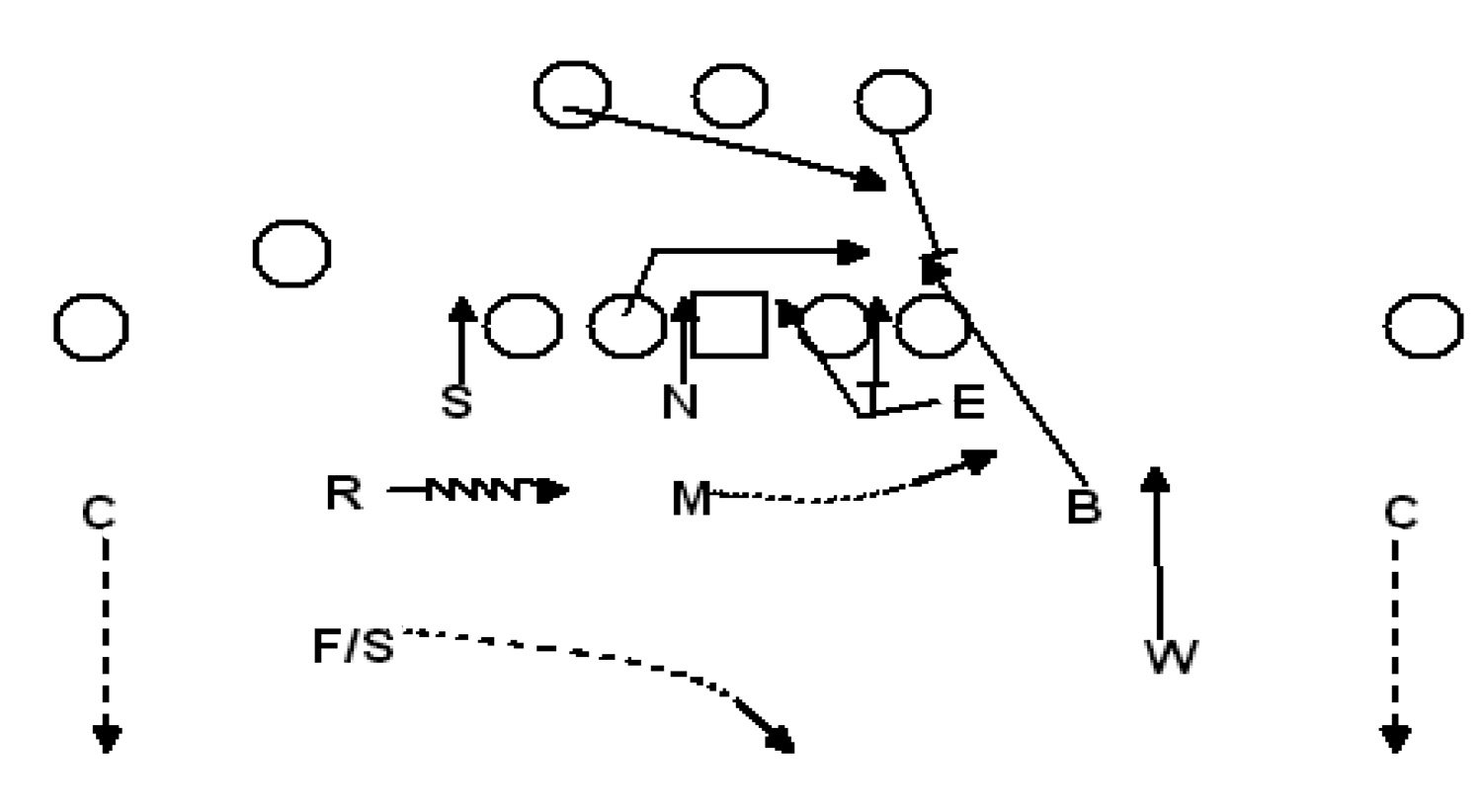
Diagram 6: Stack Eagle Bob Loop Buzz 3 vs. Power
Two additional single linebacker blitzes include the Stack Eagle Bob Loop Buzz 3 vs. Power (Diagram 6) and the Stack Eagle Bob Loop Buzz 3 vs. NCAA Rt
(Diagram 7).

Diagram 7: Stack Eagle Bob Loop Buzz 3 vs. NCAA Rt.
Here are the principles of this package:
• Eagle call sets 3 tech away from strength.
• Loop tells 3 tech to blast the B gap.
• Bob will blitz off the weakside edge.
• Bob will wrong arm block and press vertical.
• The whip and rover are the SCIF defenders.
• Mike is the #3 defender.
• The free safety is the middle third player.
We also use a number of two linebacker blitzes. For the spy/hunt calls, the spy tells the stud to drop and the hunt tells the end to drop. For in/out calls, the remaining linebacker will tell the dropping DE where to go. We send in on any 2 x 2 set and we send out on any 3 x 1 set. If the 3 x 1 formation is dropping to the DL side, the LB must say ‘Trips.’
One of our two linebacker blitzes we call ‘Ram.’ Two variations of ‘Ram’ are Stack Ram Hunt Buzz 3 In Call (Diagram 8) and Stack Ram Hunt Buzz 3 Out Call (Diagram 9).
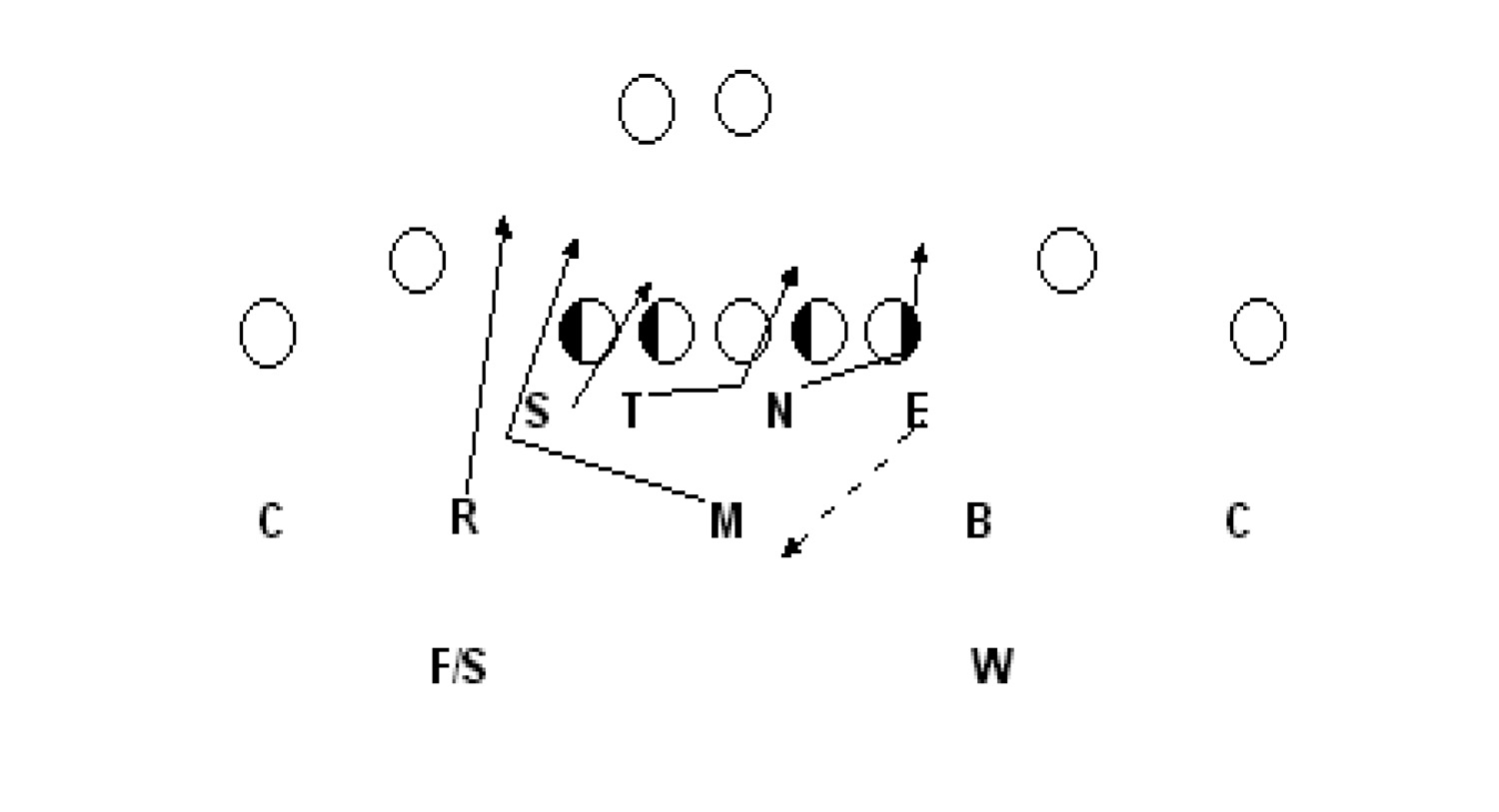
Diagram 8: Stack Ram Hunt Buzz 3 – “In Call”
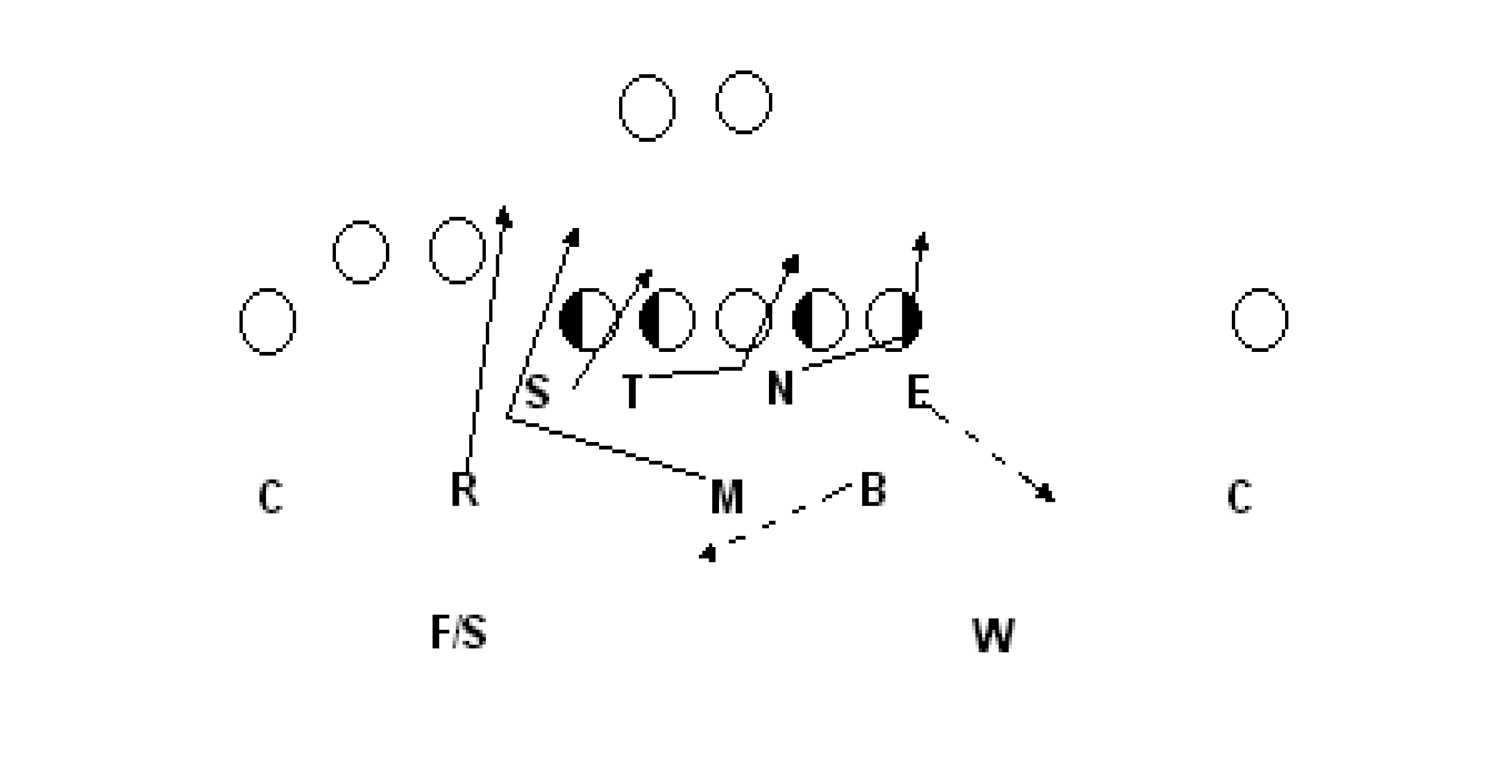
Diagram 9: Stack Ram Hunt Buzz 3 – “Out Call”
Here are the principles of these two blitzes:
• This blitz includes both the rover and Mike linebacker in a strongside edge blitz.
• It is key to run directly to the RB.
• The Rover runs through the D gap while the Mike runs through the C gap.
• The Mike should blitz off the Stud’s butt.
• If not facing the TE, the Rover and Mike must keep space between each other.
• This works well against slide protection with the Rover going outside the RB while the Mike goes inside the RB.
Two other linebacker blitzes we refer to as ‘Mob.’ One is called Stack Mob Spy Buzz 3 – In Call (Diagram 10) and the other is Stack Mob Spy Buzz 3 – the Out/Trips Call (Diagram 11). Here are the principles of these two blitzes:

Diagram 10: Stack Mob Spy Buzz 3 – “In Call”
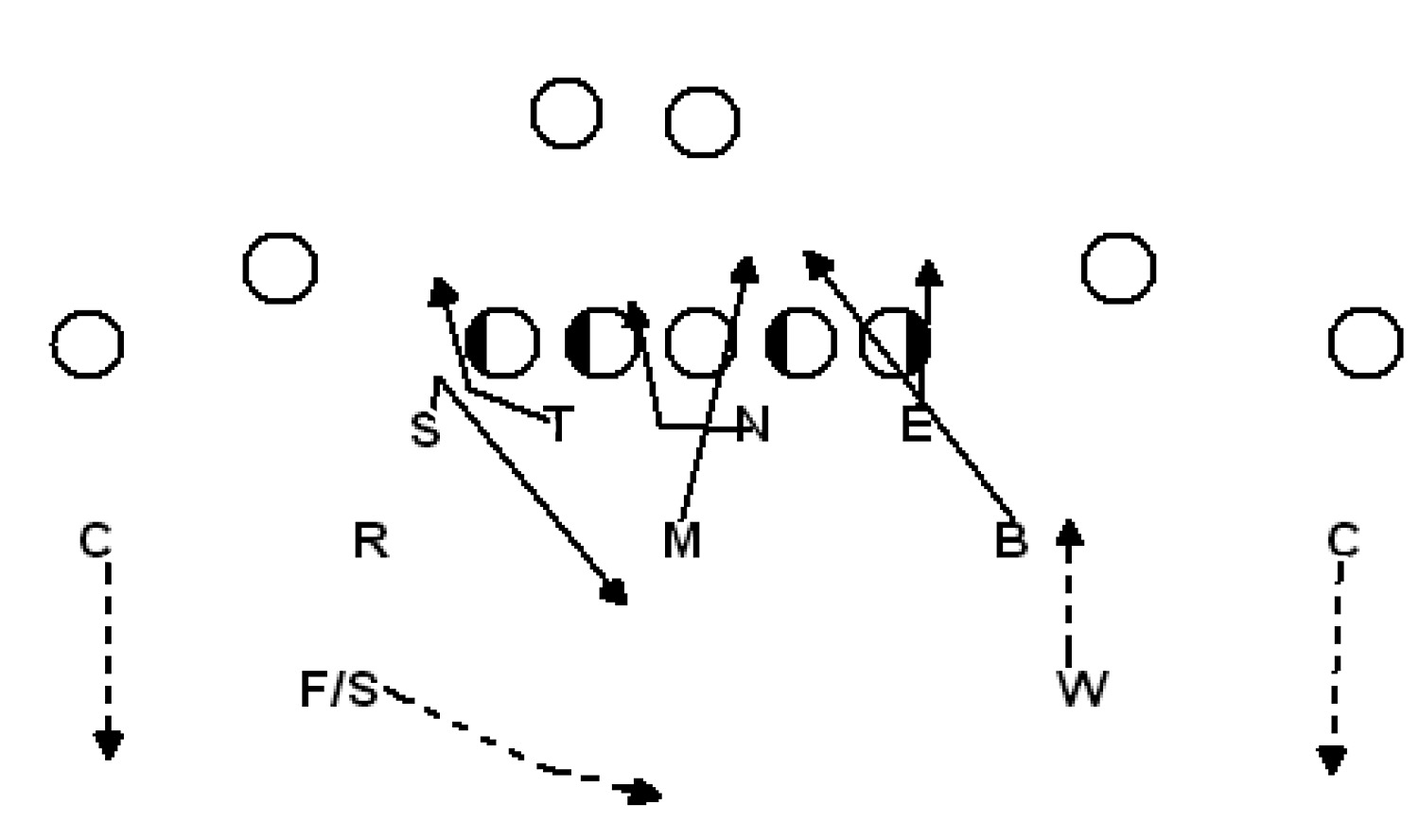
Diagram 11: Stack Mob Spy Buzz 3 – “Out/Trips Call”
- In ‘Mob’, Bob and Mike blitz A and B weak side.
- In this blitz, both linebackers run away from the running back.
- Bob runs through the B gap and Mike through the A gap. Mike should blitz right off the Nose’s butt.
- This also works well against slide protection.
Another two linebacker blitzes we use are the Stack Okie Cowboy X Hunt Buzz 3 In Call (Diagram 12) and the Stack Okie Cowboy X Hunt Buzz 3 Out Call (Diagram 13). Here are the principles of these two blitzes:
Diagram 12: Stack Okie Cowboy X Hunt Buzz 3 – “In Call”
• When ‘Okie’ is called, it tells the Stud to play the 9 technique.
• The Rover aligns to the offense’s passing strength.
• This blitz is used against 11 personnel.
• The Mike and Bob linebackers cross blitz over the center.
• The linebackers must communicate who’s going first.
• Patience is critical for the success of this blitz.
Diagram 13: Stack Okie Cowboy X Hunt Buzz 3 – “Out Call”
Diagram 14 : Stack Okie Sooner Hunt Buzz 3 – “In Call”
A two linebacker blitz that we’ve also been successful with is what we call the Stack Okie Sooner Hunt Buzz 3 (Diagram 14).The Mike and Bob linebackers are involved in this blitz. The principals include:
• Calling ‘Okie’ tells the Stud to play the 9 technique.
• The Rover aligns to the offense’s passing strength.
• This blitz is used against 11 personnel.
• Mike and Bob blitz over the strongside guard and Bob’s blitz should be off the 3 tech’s butt.
The final two linebacker blitzes we refer to as Stack Hot Dog 2/Cold. The Rover and Bob edge blitz on this play (Diagram 15 – vs. 2 x 2 formation and Diagram 16 – vs. a 3 x 1 formation). The principals of this blitz include:
Diagram 15: Stack Hot Dog 2 vs. 2 x 2
Diagram 16: Stack Hot Dog Cold – Auto Check vs. 3 x 1
• Calling out ‘Hot’ tells the Stud and End to drop.
• Both are curl players vs. the 2 x 2 formation.
• Vs. a 3 x 1 set, the check is ‘Cold’.
• The corner to the single WR plays man-to-man.
• The dropping Stud/end has the RB.
• Rover and Bob edge blitz.
About the Author: Jim Hilvert just completed his seventh season as head coach at Thomas More College. He also serves as the defensive coordinator and defensive backs coach. Hilvert previously coached at the College of Mt. St. Joseph as defensive coordinator, recruiting coordinator, and strength coach. He earned his undergraduate degree from St. Joseph’s College (IN) and his master’s from Western Michigan where he also served as a graduate assistant.
Coach Hilvert answers your questions on Facebook - just go to https://www.facebook.com/AmericanFootballMonthly/
More articles like this:
When and Why to Zone Blitz – February, 2012
Zone Blitzing the Spread Offense – December, 2011
Developing a Fire 2 Zone ‘Cheat’ Blitz Package – October, 2011
